Checkout Page for H&M Online Store
Cart abandonment during checkout was a significant challenge for H&M's online store. I imagine myself working at H&M. My team conducted thorough usability research to identify the critical pain points causing customer drop-offs. Based on these insights, I redesigned the checkout flow, eliminating friction points and creating a more intuitive, streamlined experience.
Current Design
1. Visual Hierarchy and Information Organization
The old checkout flow had a cluttered layout with too many sections, making it hard for users to focus on important actions. The order summary was visible, but it felt out of place compared to the rest of the process. The steps lacked a clear structure, making the flow feel disorganized.
2. Form Design and Input Fields
During my analysis of the checkout form, I identified inconsistencies in field widths and alignments, resulting in a disorganized layout. Some input fields were either too long or too short for their content, impacting both usability and readability. Additionally, the inconsistent placement of form labels made navigation more challenging, potentially causing confusion for users. Furthermore, the limited use of placeholder text failed to provide clear guidance on the expected input format, adding to the friction in the checkout experience.
3. Microcopy
The previous checkout flow provided minimal contextual guidance for users, making it difficult for them to understand form requirements and next steps. There was a lack of helpful microcopy to ease friction at key decision points, which led to uncertainty and hesitation. Additionally, the existing microcopy was purely functional, focusing only on basic instructions rather than enhancing the user experience with clarity and reassurance.
My Redesign
1. Visual Hierarchy and Information Organization
I redesigned the checkout flow to be clearer and easier to follow. I used consistent spacing to separate sections better and guide users smoothly from contact details to payment. By reducing clutter, I made it easier for users to quickly find the information they need.
2. Form Design and Input Fields
The new checkout form I designed is easier to use. The fields are now the right size for the information you need to enter, making it more intuitive. Everything is lined up neatly, so it looks more organized and is easier to read. Plus, the design has been updated with a modern look and clearer highlights, making it more user-friendly and accessible.
3. Microcopy
I improved H&M's checkout experience by adding friendly and clear messages that match their brand. I included helpful tips where customers might get confused and reassured them about payment security and data privacy. This simple, strategic messaging helps reduce hesitation and makes the checkout process smoother, all while keeping the brand's friendly voice.
Result
This project highlights how thoughtful UX design can directly impact business goals. By addressing usability challenges and improving the checkout flow, i created a frictionless experience that makes shopping at H&M smoother and more enjoyable.
Reviews
1 review
Well done, Fulya! 👏 Just a small note from my side—I'm not sure if it's part of the H&M website style, but the suggested products under "You May Also Like" seem to lack spacing, making them feel like one continuous horizontal banner. Adjusting the spacing slightly could improve clarity.
Also, for the prototype, consider setting it to a fixed width so guest viewers don’t have to scroll left and right to navigate the page. It’ll make the experience much smoother.
Great work overall! 😊
You might also like
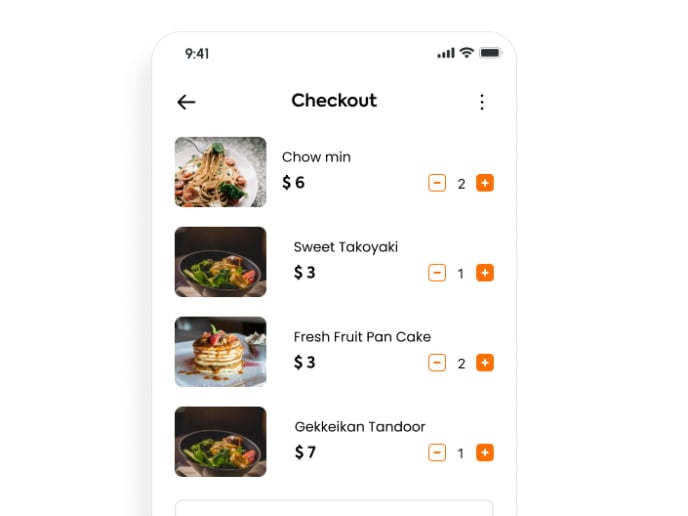
Food Item Checkout Mobile UI
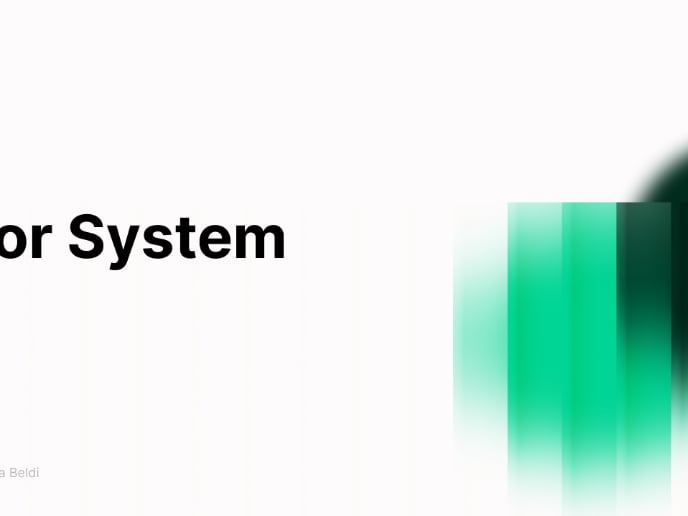
Portfolio
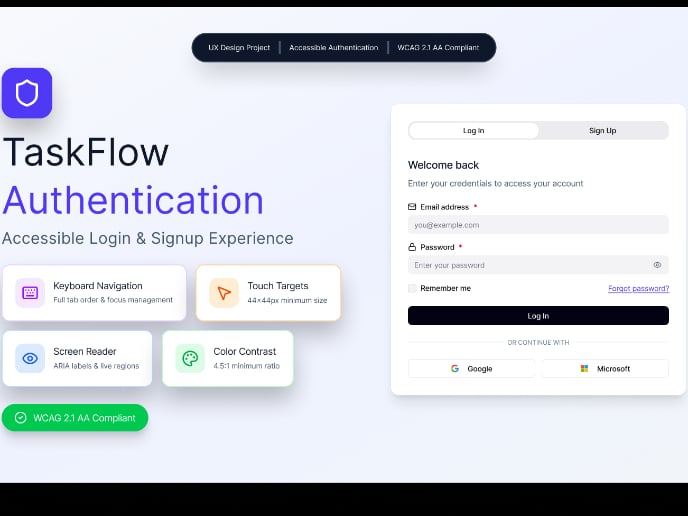
TaskFlow Accessible Login & Signup
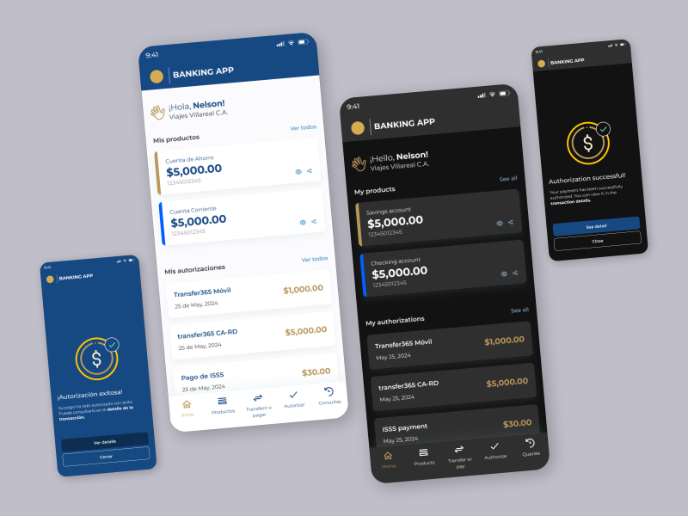
Banking App for Businesses
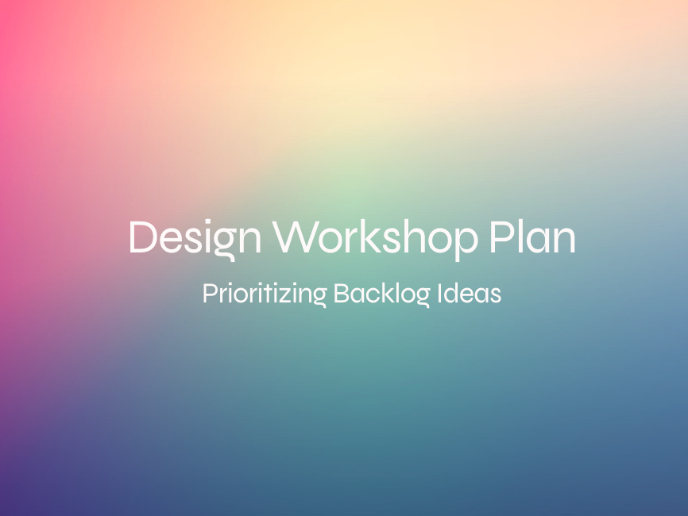
Design Workshop Plan
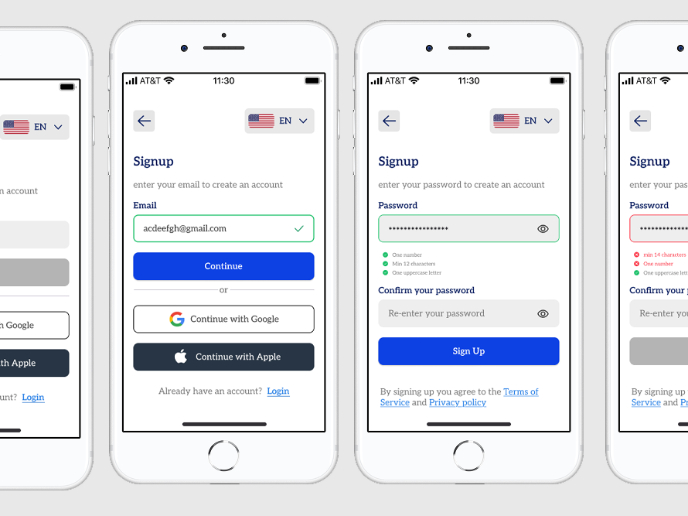
Accessible Login & Signup Flow for Data Buddy SaaS Platform
Interaction Design Courses

UX Design Foundations

Introduction to Figma












